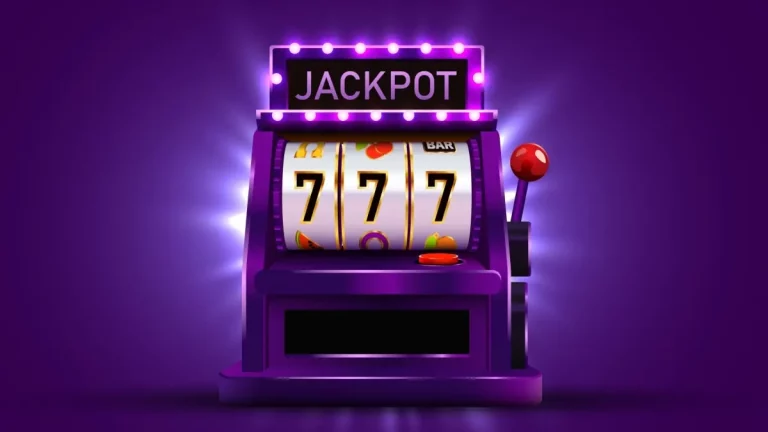The Allure of the Favorite
Betting on favorites seems intuitive. After all, they are called “favorites” for a reason—they’re expected to win. Many casual bettors assume backing the horse, team, or player with the shortest odds is the safest strategy. While favorites do win more often than outsiders, relying on them as a primary betting approach is a common mistake that can quietly erode profits betting on horse racing over time.
Contents
ToggleThe Reality Behind Short Odds
Favorites tend to win roughly 30–40% of the time in horse racing, depending on the race type and track. While this is higher than other horses, the low odds mean the payout is minimal. For example, a horse at 2/1 that wins returns just twice your stake. Factoring in the losing bets, a bettor relying solely on favorites often ends up with a negative return over the long term.
This happens because betting is about value, not just probability. A favorite may be likely to win, but the risk-to-reward ratio is often poor. The market prices favorites accurately, meaning you rarely get favorable odds. Over time, betting favorites without considering value can lead to steady losses, even if your hit rate seems respectable.
Common Mistakes When Betting Favorites
-
Overconfidence in Winning – Bettors assume a favorite is a “sure thing,” ignoring external factors like track conditions, jockey changes, or recent form.
-
Ignoring Value – Low odds on favorites rarely offer a long-term profit margin. A high win percentage doesn’t compensate for poor payouts.
-
Neglecting Alternatives – Focusing only on favorites can make you miss long-shot opportunities or mid-priced selections with better risk-to-reward ratios.
What to Do Instead
1. Look for Value Bets
Value betting is about finding selections where the odds underestimate the true probability of winning. Sometimes a horse or team slightly overlooked by the market offers a better return than the favorite. Even a moderate outsider with a realistic chance can provide a more profitable long-term strategy.
2. Study Form and Conditions
Analyze form, track conditions, distance preferences, and jockey performance. A favorite may look unbeatable on paper, but if conditions are unfavorable, it could be vulnerable. Conversely, a less-favored horse might thrive under specific conditions, making it a value pick.
3. Consider Mid-Priced Contenders
Mid-range odds often offer the best combination of probability and payout. Horses or teams in the 5/1 to 10/1 range win less frequently than favorites, but when they do, the payout compensates for losses more effectively. Strategically targeting these selections can yield a stronger ROI over time.
4. Use Multiple Betting Strategies
Rather than betting exclusively on winners, consider strategies like place betting, exactas, or trifectas in horse racing, or spread betting in other sports. These approaches allow you to capture value without relying solely on favorites.
5. Track Your Results
Record keeping is critical. Track which favorites you bet on and how profitable those bets are. Comparing favorites to mid-range or outsider selections can reveal whether your strategy is sustainable or needs adjustment.
Conclusion
Betting favorites may feel safe, but over time it often fails to deliver profitable returns. The short odds and accurately priced market limit value, making it a strategy more suited to casual enjoyment than serious profit. By focusing on value, considering mid-range selections, and analyzing conditions carefully, bettors can improve their long-term edge. The key is not to avoid favorites entirely but to recognize that smart betting is about opportunity and value, not simply backing the most likely winner.


